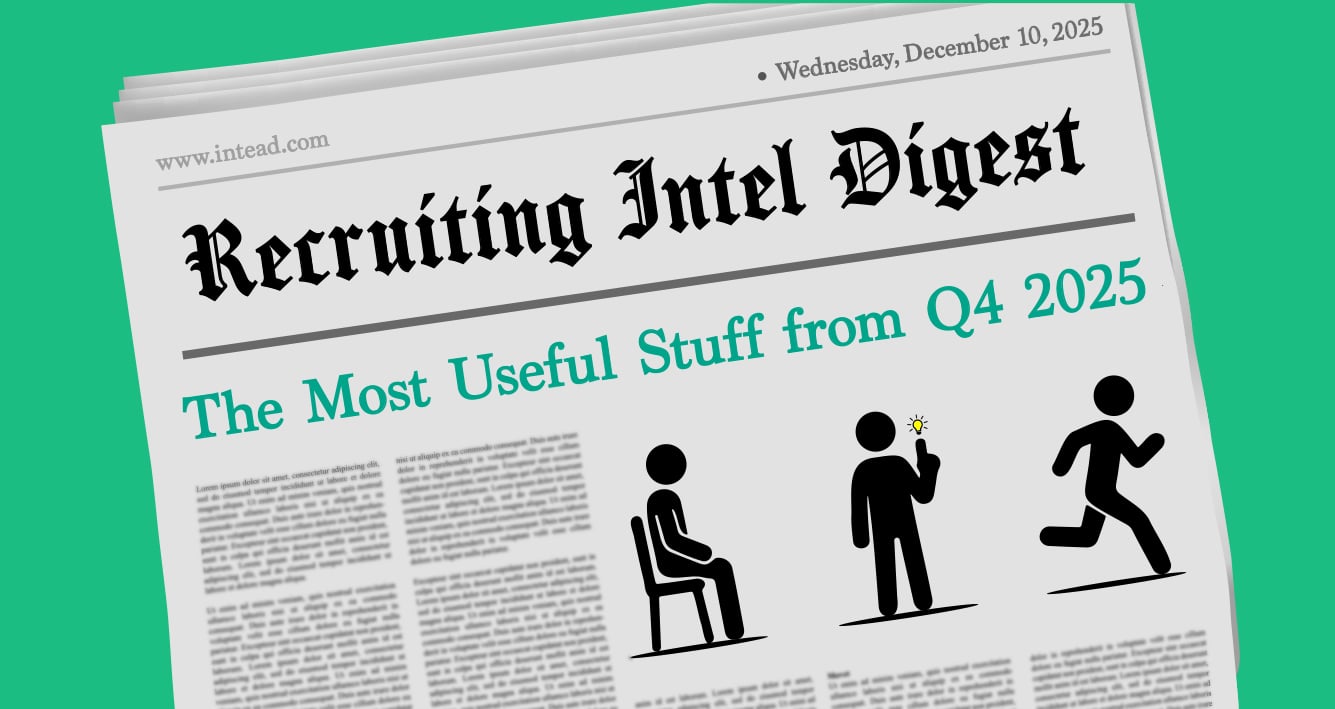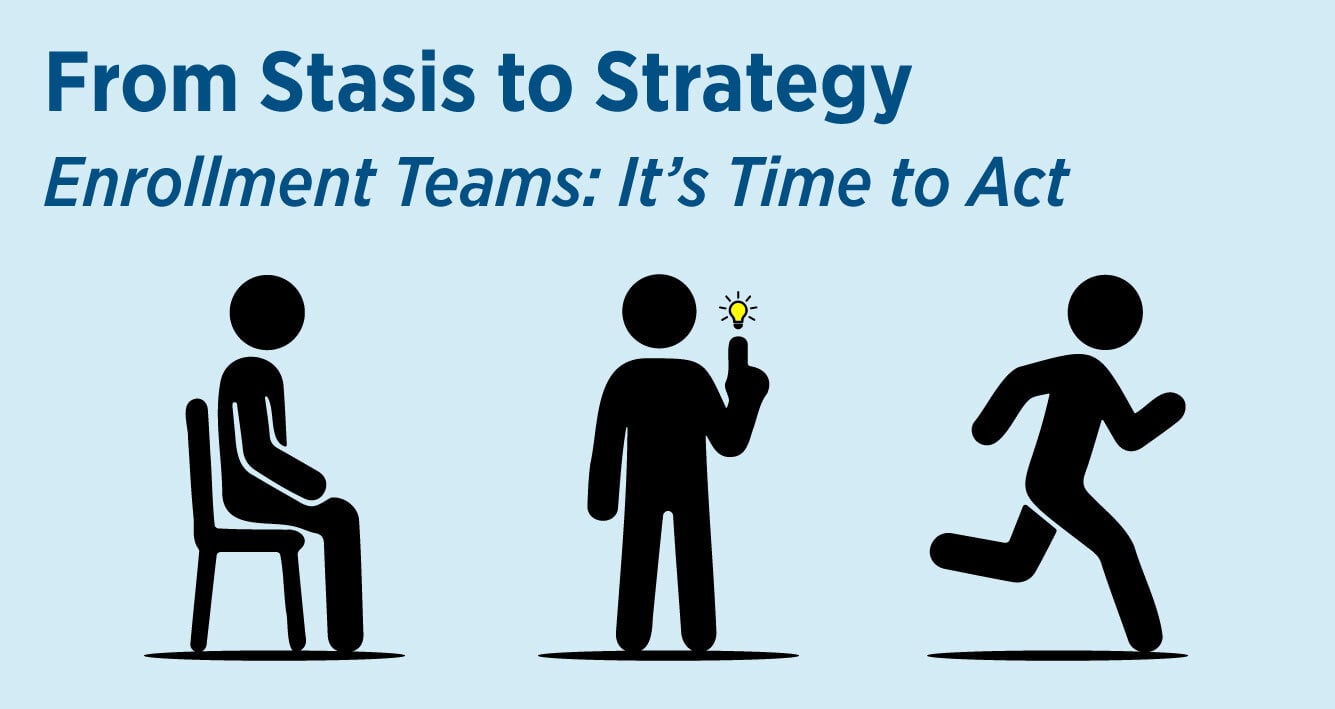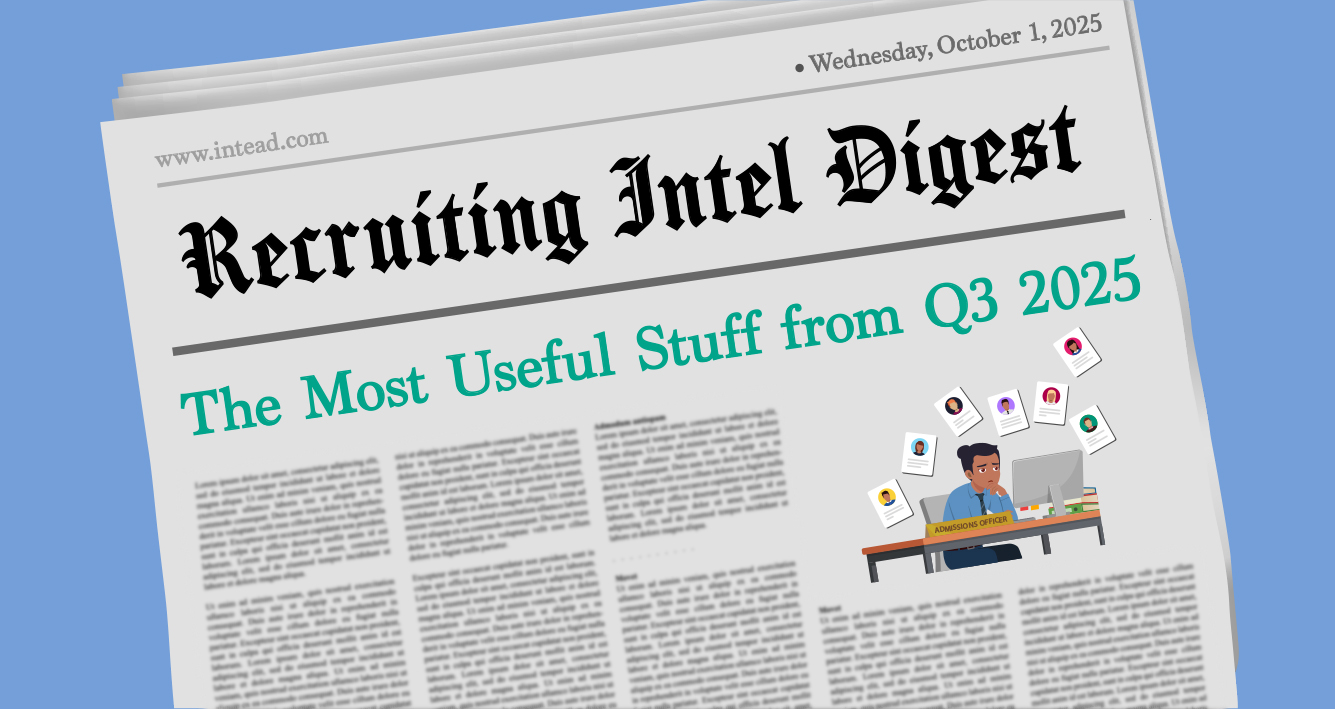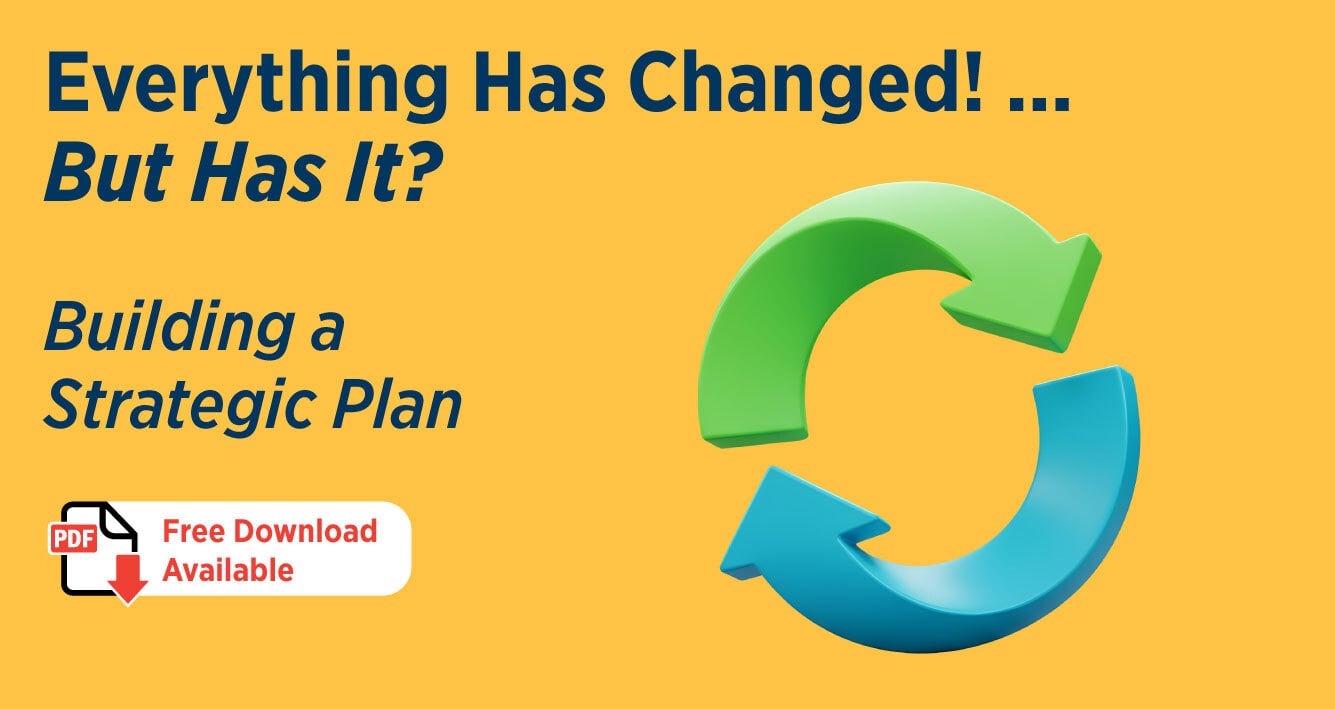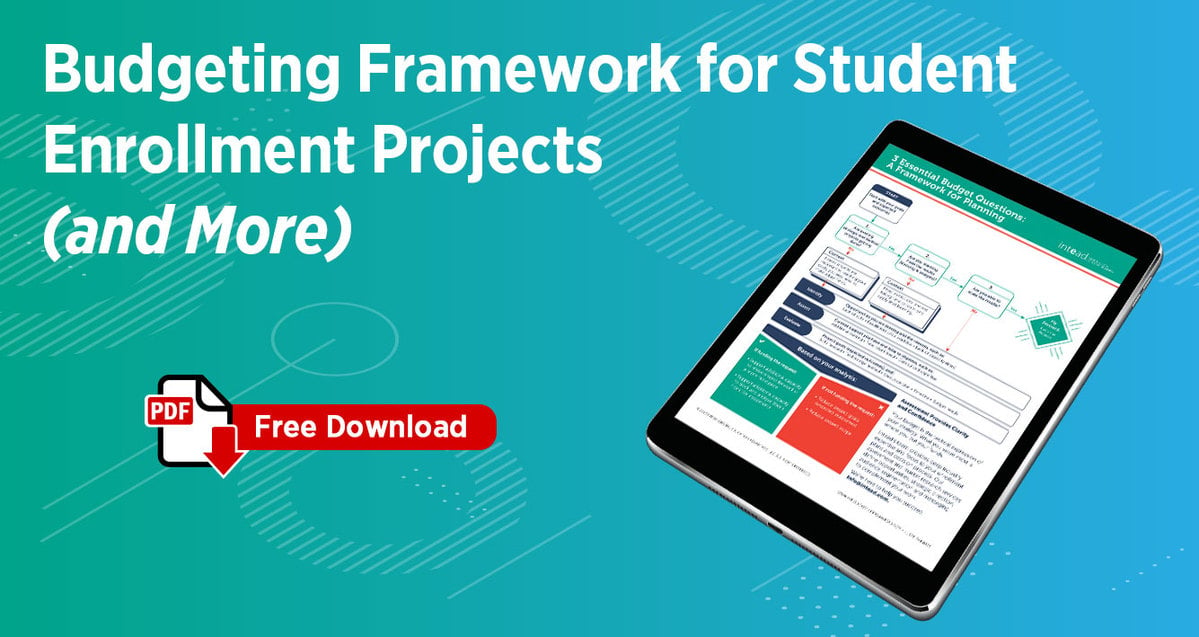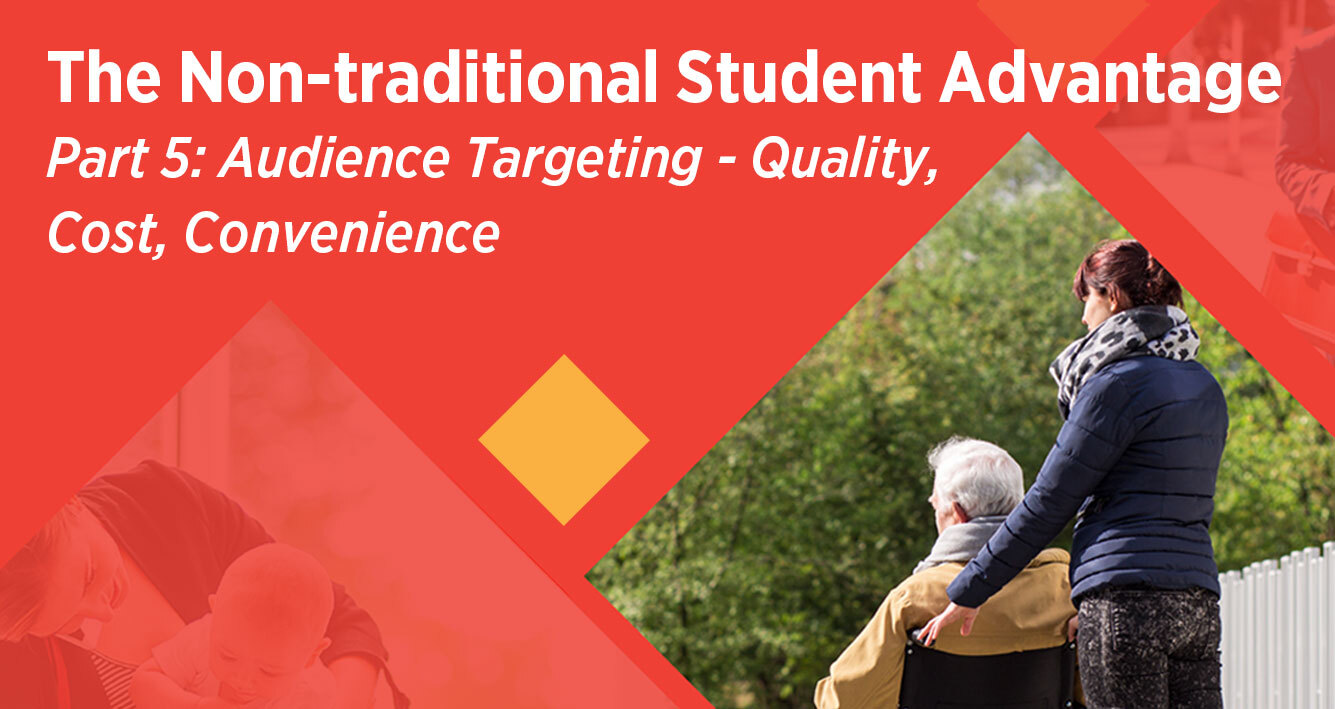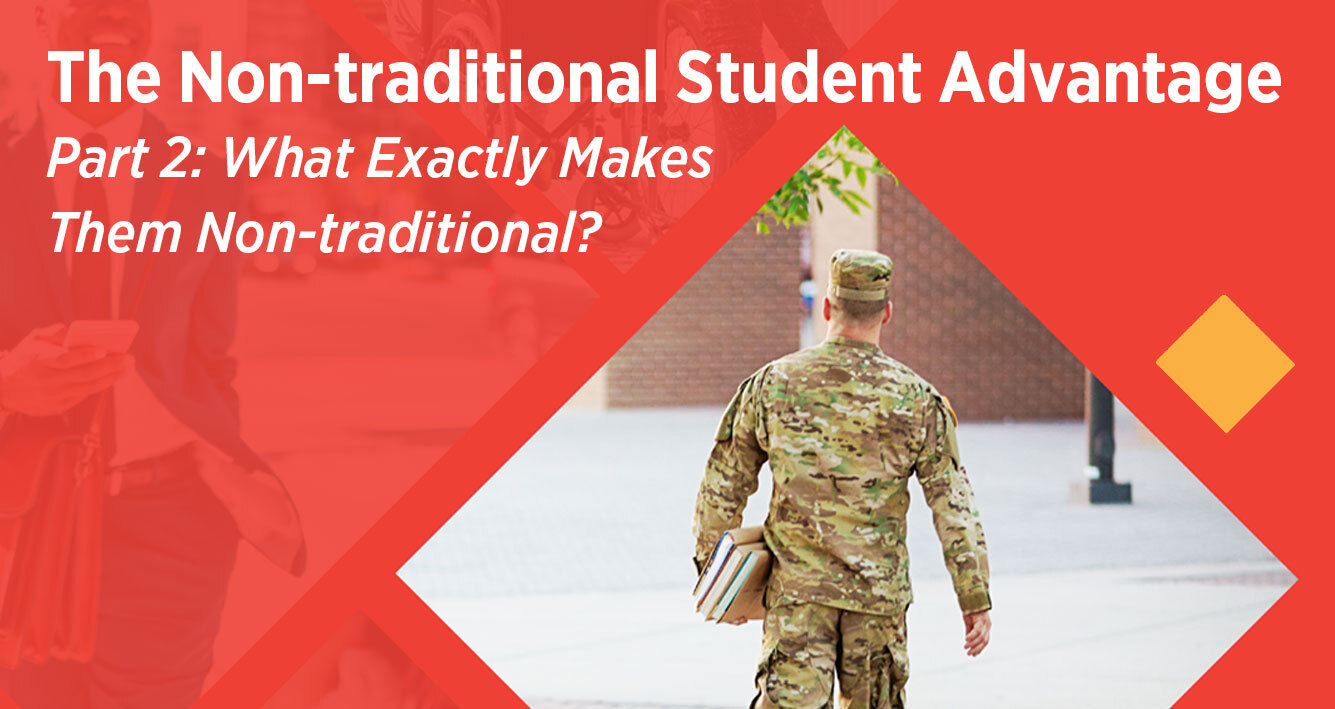Are you in a position to approve funding requests from others? Or are you the one asking for funds? We have some perspective that can help you either way.
Today, we are offering up a framework for evaluating budget requests based on your ability to achieve defined goals. Just in time for budget season. It's a quick one-pager.
Here's the thing: your budget is more than the sum of its line items - an idea that’s not lost on you. After all, numbers tell stories. Like the dollars that allowed your team to meet international students at the airport. Or, ensured your first-years first connected at your well-planned international student orientation. Or, that scholarship fund that changed yield results. Real stories. Important stories. Made possible, in part, by funds allocated through strategic planning with scarce financial resources.
Because, where you allocate funds represents what you find most important. In other words: your budget is an expression of your values.
The budgeting framework we offer up today is there to help you conceptualize your budget requests with your goals clearly in mind. Your student-first goals.
Ensuring your budget holds space for these stories, these values, is so important. Because everything from your institution’s mission down to the smallest line item on your Excel spreadsheet should come back to supporting students. All this assumes you have the data that backs up those stories. We are not talking about one-offs and lovely but lonely anecdotes.
Recently we caught up with our good friend and colleague Dr. Jill Blondin, Associate Vice Provost for Global Initiatives at Virginia Commonwealth University, who by the way was recently named SIO of the Year by IIE (Go Jill!). You may know Jill through the strategic budgeting workshop she runs along with Western Michigan University’s Dr. Paulo Zagalo-Melo, Associate Provost, and Annette Cummins, Assistant Director Global Education and Business Manager. Good news there: Jill and Paulo will be hosting a 2.0 version of their budgeting workshop all about revenue-generating strategies later this year. Watch for updates!
The perspective Jill offered makes so much sense: “Align your budget with your strategy. Not the other way around.”
Sage advice because as we all know too well, losing sight of our real goals is all too easy once we get deep into the budgeting weeds. We see numbers and things get tactical fast.
This is especially true when the dollars we get aren’t the dollars we need. Or think we need. The truth is by keeping our eyes trained on creating a truly student-first experience, international recruitment and student services teams can often accomplish way more than we may at first realize when budget numbers fall flat.
As Jill said to us, “The international office should not be the alpha and the omega of an international student’s experience.” Indeed, an international office cannot be everything to everyone. Middle ground collaboration is essential. Integrating international students into the full campus experience is the point anyway and your budget should reflect this. More on cross-campus collaboration in another post.
For today, we offer a quick reboot of our popular “3 Essential Budget Questions: A Framework for Planning.” Use this as a guide to focus and prioritize your annual budget discussions this year.
Our budget framework asks you to take a step back and reflect on whether your actual results are feeding your goals. This worksheet guidance is yours free for download. As you think through your budget needs and priority projects, keep in mind that you want your budget strategy to reflect your student-first approach.
Read on to access this useful budgeting tool…
Read More

